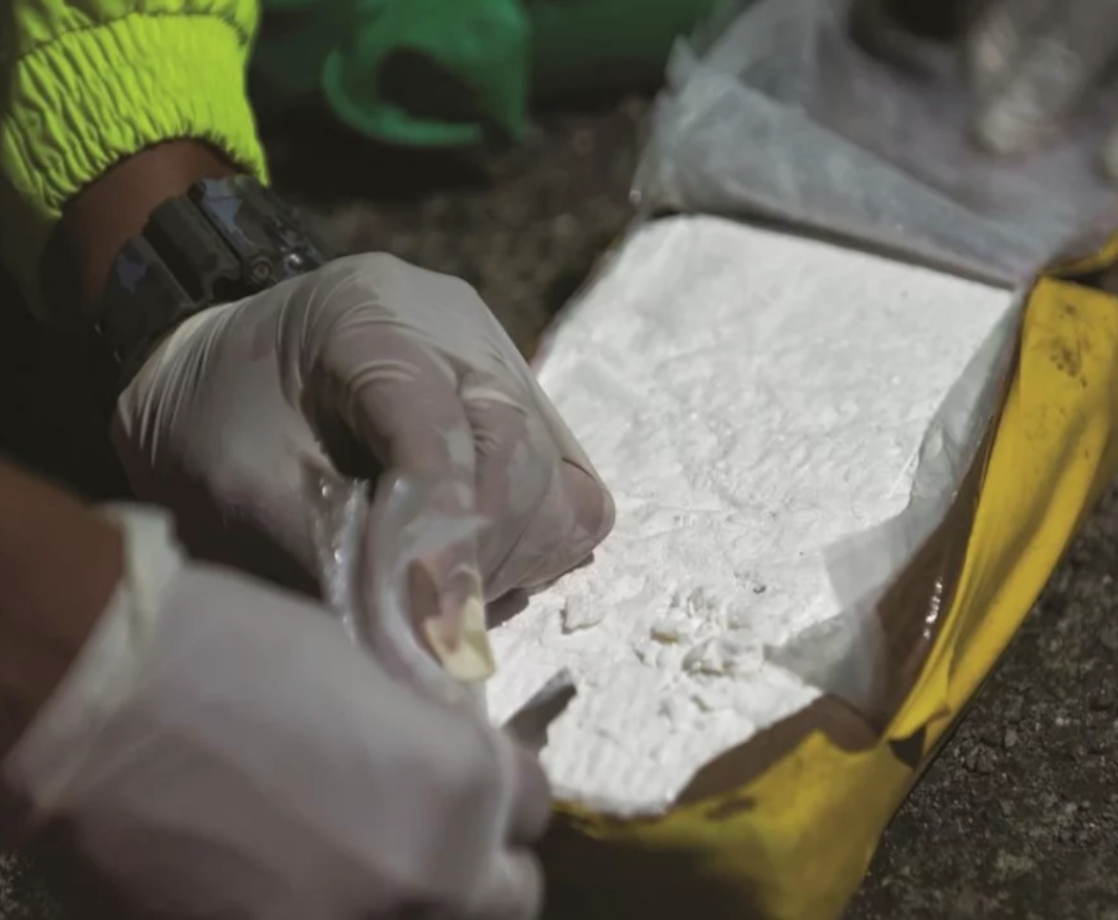The mysterious vape injury illness (now called VAPI or EVALI) that’s hospitalized over 1,600 people and killed at least 34 is taking its toll on the weed vaping industry: Folks got scared, bans went into effect, and as a result, vape sales are slumping across the board. Authorities still don’t know what’s causing the vaping crisis, but consumers aren’t taking any chances.
Which may explain why weed consumers are turning to a trusted, non-vapable form of cannabis for the Halloween holidaze season: infused edibles.
According to a new analysis at Marijuana Business Daily, weed vape sales began declining in Colorado, California, Nevada, and Washington State on August 2019, when the first VAPI death was reported in Illinois. However, cannabis edibles sales in these same states have steadily increased since that same month, a trend that’s never before been seen in US legal weed markets.
‘Tis Not the Season
In case you’re wondering if the edibles sales increase is due to Halloween sales, it’s not. According to the weed-sales number-crunchers at BDS Analytics, the Halloween season itself has never affected edibles sales one way or the other. Edibles sales have remained constant around this time of year ever since the firm began collecting data, so this year likely marks the first time the edibles sales trend deviated from the norm.
“Despite concern that Halloween may boost demand for THC infused edibles that could be distributed to children, analysis of the trend in 2018 across several major markets shows little evidence to support such speculation,” BDS Analytics’ Vice President of Operations, Greg Schoenfeld, wrote to MERRY JANE in email. Historically, the “sales of edibles in CA, CO, NV, and OR all remained relatively stable throughout the month of October.”
.png)
Courtesy of BDS Analytics
Prior to August 2019, edibles sales accounted for 12.7 percent of weed sales in Colorado, 10.9 percent in Nevada and California, and 8.9 percent in Washington State. As of October 6, those sales jumped to 15 percent in Colorado, 14.9 percent in Nevada, 13.6 percent in California, and 10.6 percent in Washington State, for a 2.7 percent average increase in edibles sales among all four states.
“Customers are starting to ask more questions and be more concerned about the products,” said Alex Pasternack, the executive vice president of Binske, a Denver-based edibles and vape manufacturer, to Marijuana Business Daily. “But the trickle-down effect hasn’t gotten to the brands yet.”
Gallery — Here’s What Fake Vapes Look Like:
Are Vape Sales Bouncing Back, Though?
As edibles sales climb under the VAPI crisis, vaping sales, expectedly, have gone down — at least, initially. Starting in August 2019, weed vape sales began declining in Colorado, California, Nevada, and Washington State. However, vape sales began ticking upwards in the past couple of weeks, likely due to education campaigns… or simply because some consumers stopped caring.
For instance, in Colorado, weed vapes accounted for 19.4 percent of cannabis sales. After August 2019, sales fell to 12.4 percent. But then they picked back up, to around 13.9 percent of sales by October 6. Similar trends were seen in California and Nevada, where vape sales are on track to return to their normal levels.
Meanwhile, Washington State’s market has gone in the other direction, with vape sales taking a sharp downward turn from roughly 17 percent of the weed market’s sales to just 10.6 percent over the past couple of weeks.
Although the CDC has advised all Americans to cease vaping altogether, the agency also suspects that unlicensed, unregulated, and untested black market weed vapes may be to blame for the VAPI crisis. However, some VAPI patients have reported only vaping nicotine products.
Follow Randy Robinson on Twitter











